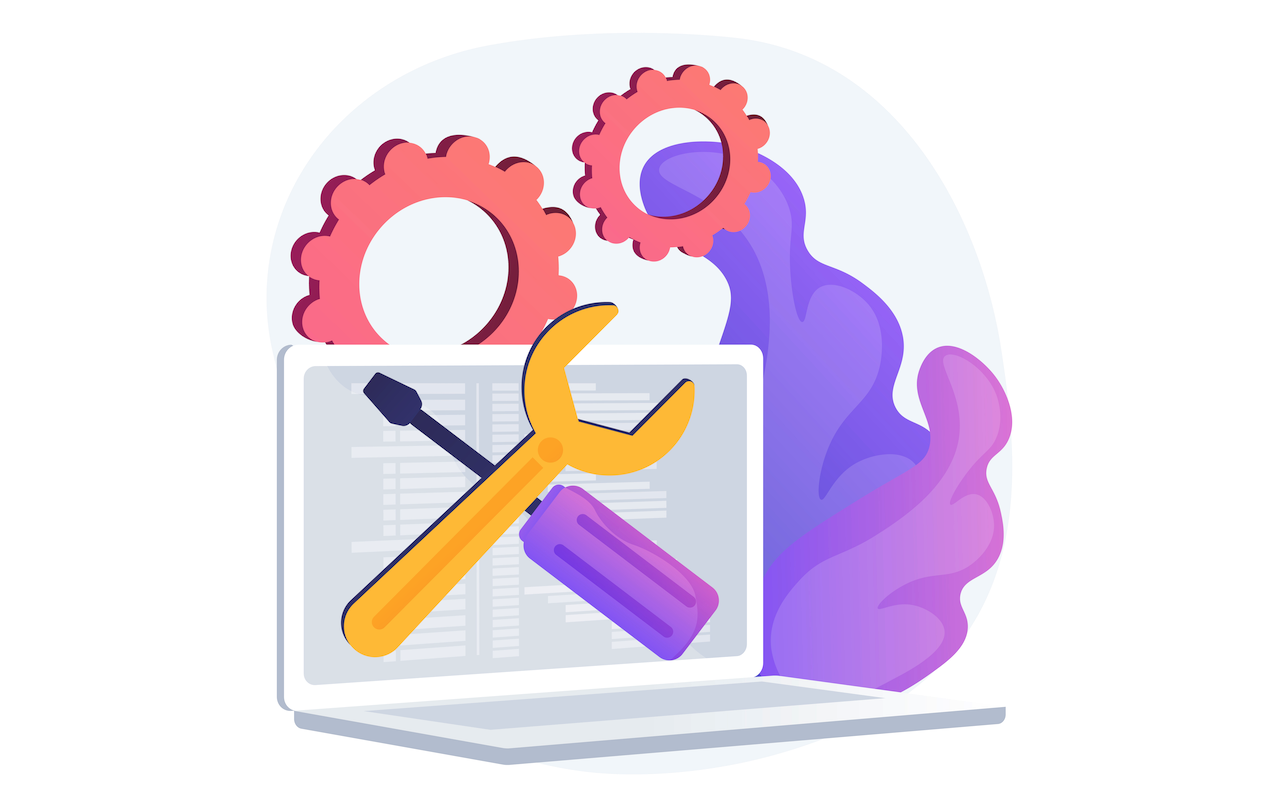
In today’s hyper-connected world, the Internet of Things (IoT) has become a cornerstone of smart technology integration across industries. From manufacturing floors and smart grids to connected vehicles and healthcare systems, IoT devices are producing massive amounts of data every second. But what truly elevates the value of this data is the ability to act on it before issues arise. This is where predictive maintenance tools have emerged as a game-changer, redefining how we approach equipment reliability, cost management, and operational efficiency in IoT ecosystems.
Predictive maintenance is not just a technological upgrade; it's a paradigm shift that blends real-time data, machine learning, and AI-driven insights to foresee failures and optimize performance. As businesses strive for zero downtime, predictive maintenance is transforming IoT from a monitoring tool to a proactive powerhouse.
What Is Predictive Maintenance in the Context of IoT?
Predictive maintenance (PdM) refers to the use of advanced analytics and sensor data to predict when equipment will require maintenance. In IoT, this involves continuously gathering real-time data from connected devices, applying analytical models, and forecasting potential failures before they happen.
Unlike reactive maintenance (where fixes happen after breakdowns) or preventive maintenance (scheduled based on time or usage intervals), predictive maintenance is condition-based. It depends on actual device performance and environmental data to determine the right moment for intervention—eliminating unnecessary service checks and reducing maintenance costs.
The Convergence of IoT and Predictive Maintenance
The fusion of predictive maintenance with IoT has unlocked previously unattainable levels of machine intelligence and automation, transforming how systems monitor, analyze, and respond to operational conditions.
1. Real-Time Data Streaming
IoT devices, from vibration sensors to thermal cameras, stream real-time data across distributed assets. Predictive maintenance tools tap into this continuous flow, analyzing variables such as temperature, voltage, pressure, and acoustic patterns to detect anomalies early.
2. Edge Computing Integration
Edge computing allows for real-time analytics at the device level, reducing latency and enabling immediate decision-making. This is crucial in time-sensitive environments like manufacturing or oil rigs, where delays could mean costly downtimes or safety hazards.
3. Machine Learning and Pattern Recognition
Machine learning models are central to predictive maintenance algorithms. By training on historical data, these models learn to recognize normal operating conditions versus early signs of degradation. Over time, they improve, offering more accurate predictions and better scheduling of maintenance windows.
Industry Applications: Where Predictive Maintenance Is Leading the Charge
Predictive maintenance is not a one-size-fits-all solution. It is being tailored to specific industry needs, transforming traditional operations into data-driven ecosystems that enhance efficiency and reliability.
1. Manufacturing
In smart factories, predictive maintenance reduces unplanned downtimes and optimizes equipment lifespan. By using sensors on machines such as CNC tools, robotics, or conveyor belts, manufacturers can monitor real-time conditions and detect performance issues before they lead to production halts.
2. Energy and Utilities
Energy providers use predictive tools to monitor turbines, substations, and pipelines. Data collected through IoT sensors helps in identifying vibrations or heat spikes that could indicate imminent failures, enabling preemptive repairs that prevent grid outages or hazardous incidents.
3. Transportation and Logistics
Fleet managers rely on predictive maintenance to keep trucks, ships, and aircraft running efficiently. Sensors embedded in engines or braking systems help detect wear and tear in advance, significantly lowering the risk of costly breakdowns during transit.
4. Healthcare
Medical IoT devices such as MRI machines or ventilators benefit from predictive insights. Hospitals can avoid disruptions by maintaining their critical equipment only when necessary, saving on operational costs without compromising patient care.
Advantages of Integrating Predictive Maintenance in IoT
1. Reduced Operational Downtime
By addressing issues before they escalate, businesses can minimize unexpected halts in operations, one of the most costly problems in asset-heavy industries.
2. Extended Equipment Life
Predictive maintenance tools help maintain optimal operating conditions, which significantly extend the life of expensive equipment.
3. Lower Maintenance Costs
Avoiding unnecessary routine maintenance reduces labor and material costs. Additionally, early interventions prevent catastrophic failures that typically incur higher repair expenses.
4. Enhanced Safety and Compliance
In regulated environments, predictive maintenance ensures machines remain within safe operating parameters, reducing the likelihood of accidents and ensuring compliance with safety standards.
5. Optimized Inventory and Resource Planning
With data-driven forecasts, organizations can better plan their spare parts inventory, avoiding overstocking and ensuring availability only when needed.
Challenges in Implementing Predictive Maintenance for IoT
Despite its benefits, predictive maintenance does present challenges that businesses must address:
1. Data Quality and Integration
Integrating disparate data sources from legacy systems and modern IoT platforms requires seamless interoperability and high-quality data pipelines.
2. Initial Costs and Infrastructure Needs
The deployment of sensors, edge devices, and analytical platforms can require significant upfront investment, though the long-term ROI often justifies the cost.
3. Expertise and Skill Gap
Implementing predictive maintenance demands expertise in data science, AI, and IoT architecture, which not all organizations currently possess. Partnering with providers offering AI software development services can help bridge this gap and fast-track implementation.
4. Security and Privacy Concerns
With devices connected across multiple endpoints, ensuring cybersecurity is paramount. Breaches not only threaten system functionality but also compromise sensitive operational data.
The Role of Artificial Intelligence in Predictive Maintenance
AI acts as the brain behind predictive maintenance tools. Through deep learning, natural language processing, and adaptive analytics, AI helps models evolve and improve over time. Here’s how AI amplifies the impact of predictive maintenance:
- Anomaly Detection: AI algorithms can detect subtle variations in machine behavior that are invisible to the human eye.
- Root Cause Analysis: Beyond flagging problems, AI helps in identifying the underlying causes, enabling smarter corrective actions.
- Automated Decision-Making: AI can automate next steps, whether it’s dispatching a technician, ordering replacement parts, or reconfiguring system performance to minimize risk.
Future Outlook: Predictive Maintenance as the Heartbeat of Industrial IoT
As more devices connect and as edge computing, 5G, and AI mature, predictive maintenance will likely become a default component of industrial IoT infrastructures. We can expect advancements such as:
- Digital Twins: Creating digital replicas of physical systems to simulate performance and predict failures more accurately.
- Autonomous Maintenance: Machines that not only predict failures but can self-correct or initiate maintenance routines without human intervention.
- Unified Dashboards: Integrated systems offering real-time performance metrics, predictions, and alerts in a centralized interface for operators.
Final Thoughts
Predictive maintenance tools are not just enhancing IoT; they are fundamentally transforming it. What was once a reactive network of sensors has evolved into a predictive ecosystem capable of autonomous decision-making and real-time adaptation. The shift from “monitor and respond” to “anticipate and act” is redefining how businesses approach efficiency, cost control, and long-term growth.
 FAQs
FAQs
Predictive maintenance in IoT uses sensor data and analytics to forecast when equipment might fail, enabling proactive maintenance and reducing downtime.
AI enhances predictive maintenance by analyzing data patterns, detecting anomalies, and automating maintenance decisions, making the process more accurate and efficient.
Industries such as manufacturing, energy, logistics, and healthcare gain significant advantages from predictive maintenance by minimizing equipment failures and maximizing productivity.
Key challenges include high initial setup costs, integrating diverse data systems, ensuring cybersecurity, and bridging skill gaps in data science and AI expertise.
While initial investments can be substantial, the long-term savings from reduced downtime, lower repair costs, and extended asset lifespan make it a cost-effective solution.
Yes, with the rise of cloud-based platforms and scalable IoT solutions, even small businesses can leverage predictive maintenance to enhance reliability and operational efficiency.
Featured Image by Freepik.
Share this post
Leave a comment
All comments are moderated. Spammy and bot submitted comments are deleted. Please submit the comments that are helpful to others, and we'll approve your comments. A comment that includes outbound link will only be approved if the content is relevant to the topic, and has some value to our readers.

Comments (0)
No comment